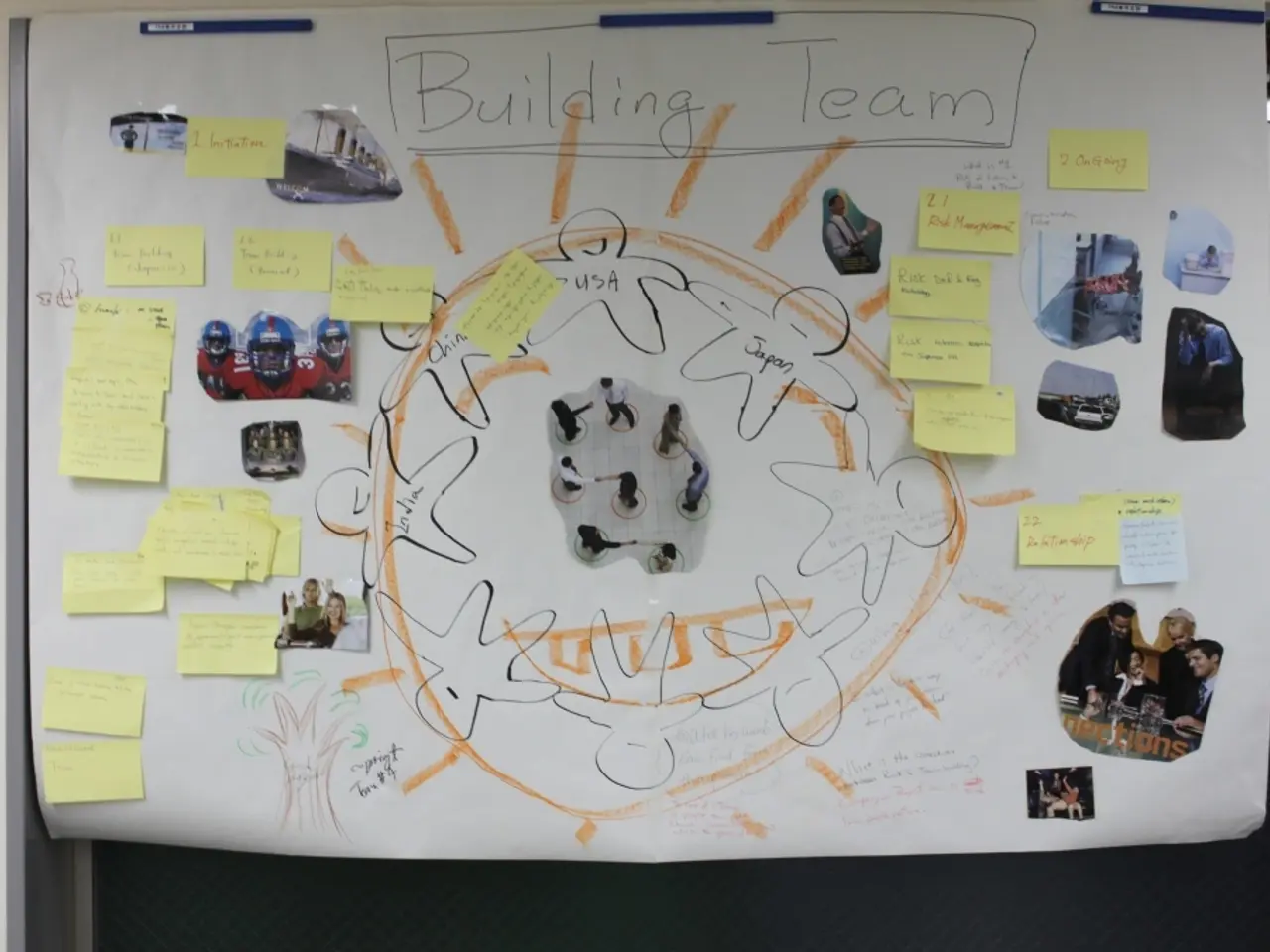Statistics Learning Challenging Exploration In Depth
In today's data-driven world, statistics plays a crucial role in various industries, helping businesses make informed decisions and recognise customer preferences, upgrade production processes, and analyse market trends.
Industries such as healthcare, sales & marketing, finance, and market research highly value individuals with statistics expertise. This is because statistics allows decision-makers to calculate risks and make choices based on probabilities, which is essential in our rapidly changing world.
Learning statistics requires a curious, problem-solving mindset, seeking help from professors or online resources, and approaching the subject with enthusiasm and eagerness. By including both practice and real-world applications in the learning process, students can gain a complete understanding of statistics in various contexts.
Understanding statistical concepts like mean, median, mode, standard deviation, and probability distributions is essential. These concepts help in interpreting and applying statistical results, which is crucial for making informed decisions in research, business, and decision-making.
One of the most common difficulties in learning statistics is poor understanding of core statistical concepts. To overcome these difficulties, it is recommended to start with mastering core concepts of statistics such as descriptive statistics, probability distributions, hypothesis testing, and regression analysis before moving to more complex topics.
Engaging in practical, hands-on learning by using statistical software to apply methods on real data is also important for building understanding beyond theory. Seeking to understand the rationale behind statistical methods, not just the procedures, can improve knowledge transfer and flexibility.
Dedicating focused, distraction-free study time and using structured approaches to learning statistics step-by-step can also help learners overcome common obstacles. Considering learning the differences between key statistical paradigms (Frequentist and Bayesian) can also provide a broader perspective on data analysis approaches.
Practice interpreting results critically and consulting with resources or mentors to correctly apply and understand statistical methods is also essential. This can help learners avoid misuse of methods, especially in research contexts.
Statistics has a long and rich history, with examples dating back to ancient Egypt, where mathematical concepts were frequently used in daily life, such as trade, architecture, and astronomy. In more recent times, Florence Nightingale's use of statistics during the Crimean War was a groundbreaking example of statistical application in research.
The growth of big data and machine learning has transformed statistics education, making it more important than ever. Companies using data-driven decision-making attain higher productivity and profitability compared to their competitors.
Learning statistics can lead to a range of job prospects, from market research analysts to data scientists. John's story illustrates how learning statistics can lead to a successful career in data analysis.
In conclusion, combining conceptual study with practical application, understanding foundational principles deeply, and gradually building skills can help learners overcome common obstacles in statistics education. Critical thinking and problem-solving skills are essential for effective data analysis, and understanding probability helps in making decisions when confronted with uncertain outcomes. Regression analysis lets us measure connections between variables, which is essential for understanding patterns and drawing meaningful conclusions.
- In today's world, media frequently reports on various public statistics and data, which help decision-makers at all levels recognize trends and preferences in different industries.
- To excel in the field of education and self-development, one must possess a strong foundation in statistics, enabling them to gather insights from personal growth and learning experiences.
- A growth in the demand for individuals with statistics expertise can be observed in industries like media, offering career opportunities in polling, opinion analysis, and podcast production – all integral to political and current affairs.
- Beyond industries like healthcare, sales, finance, and market research, statistics plays a critical role in general behavior analysis across various markets, driving improvements in production processes and recognizing customer preferences.
- Recognizing the significance of statistics, governments harness its power for enhancing research, analytics, and decision-making on important issues that affect the public, such as climate change, economic trends, and healthcare policies.
- For those pursuing statistics education, critical thinking and problem-solving skills are vital, as they provide the ability to interpret results, draw insights, and form opinions based on sound data analysis.
- Understanding different statistical trends allows learners to build robust models and make projections, which can help predict future behavior and prepare for upcoming market changes in virtually any field.
- To better grasp the applications of statistics in numerous contexts, practitioners should frequently engage in hands-on learning using tools such as statistical software, allowing them to practice on real data sets and gain practical experience.
- As the landscape of education and business continues to evolve, knowledge of statistical techniques will remain essential for staying competitive, making informed decisions, and leading the way in various fields, from academia to entrepreneurship.




